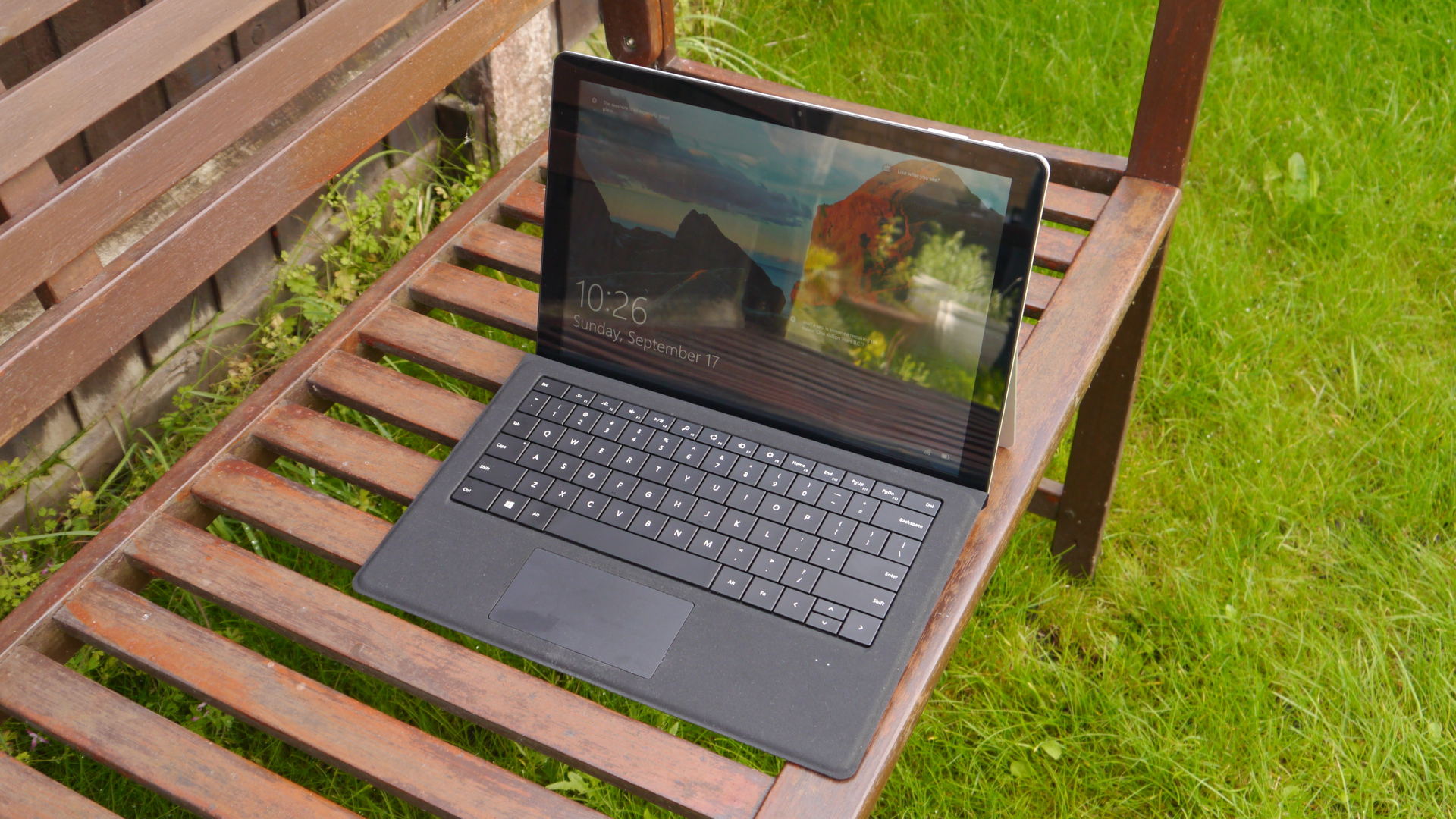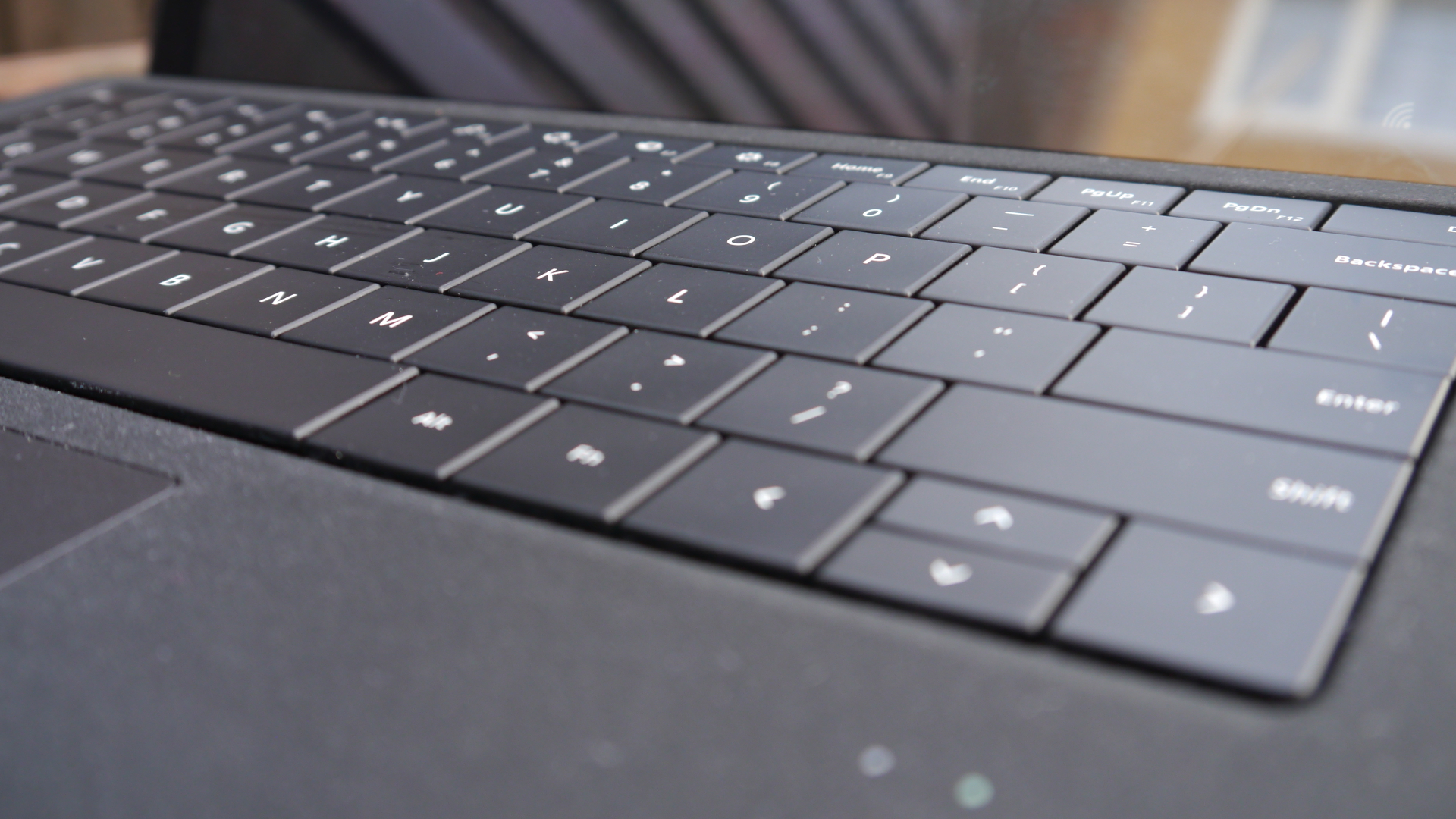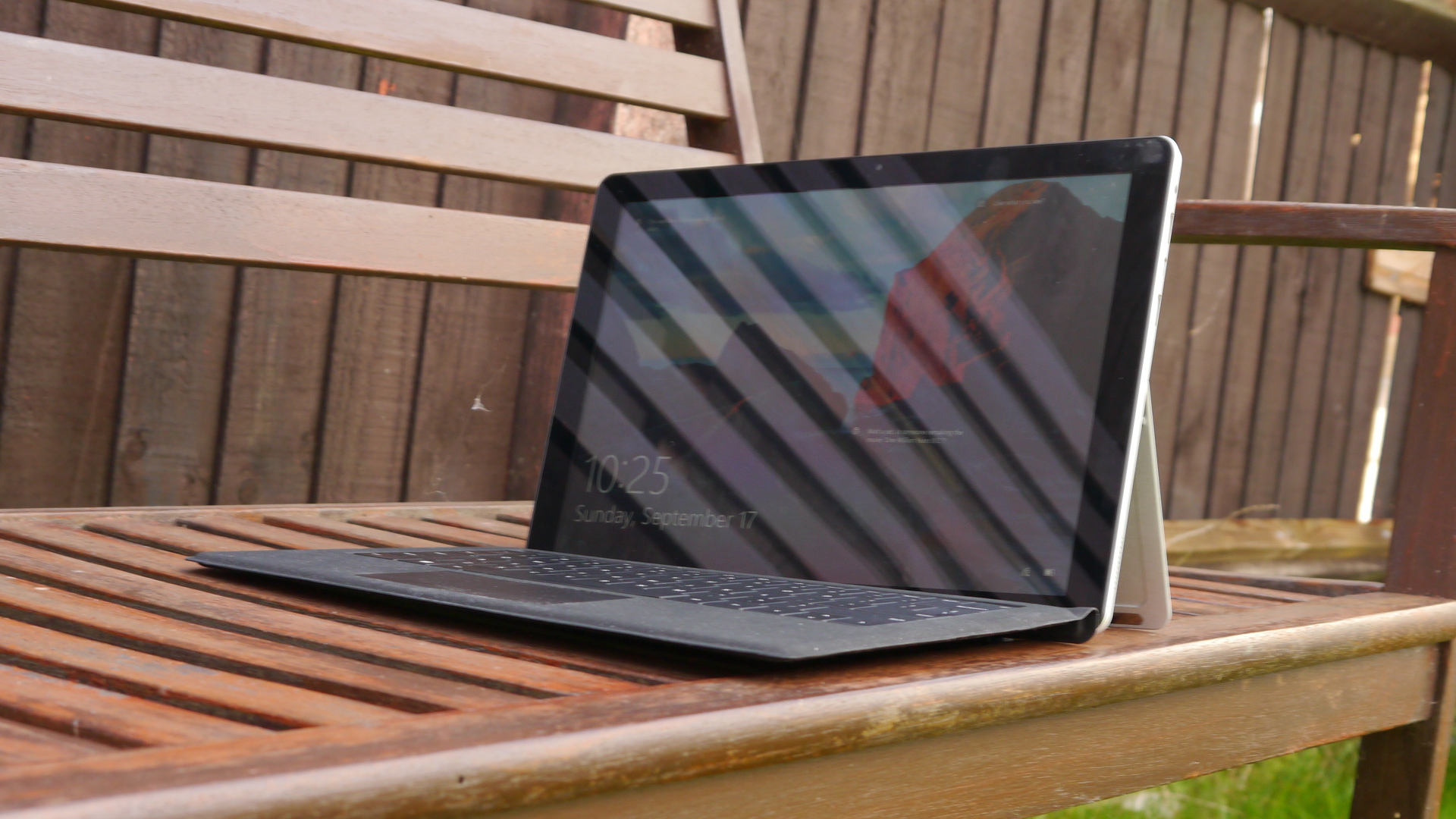TechRadar Verdict
The SurBook is an interesting product pitched at those who would’ve wanted a Surface 3 with some Surface Pro characteristics. Chuwi delivers admirably here, but there are some flaws that need to be addressed.
Pros
- +
Stunning screen
- +
Superb value for money
Cons
- -
USB Type-C port is problematic
- -
No HDMI port (so you’ll need an adaptor)
- -
Battery life is disappointing
Why you can trust TechRadar
Chuwi’s SurBook began its life as an Indiegogo campaign, pitched as an affordable 2-in-1 Intel-based PC tablet which looked like an almost exact replica of Microsoft’s Surface Pro 4 – but without the hefty price tag.
(ed: Chuwi is about to start an Indiegogo campaign to produce a 2-in-1 laptop that surpasses the Surbook in terms of sheer performance. Its most salient feaetures are a Core M3 CPU and a fingerprint reader. Find out more here)
Chuwi sent us the sample and sells the Chuwi SurBook for just under £340 (around $450) from Gearbest at the time of writing (for the 64GB version). Note that, while this price includes delivery, it is exclusive of any taxes that may be levied by HMRC or the courier companies on behalf of the vendor. Want to buy tech from online Chinese retailers? Read this first.
The campaign ended in July 2017 and proved to be wildly popular, raising more than $1 million from over 2,600 backers, 26 times more funding than was expected. Chuwi is a regular on TechRadar Pro with the LapBook 12.3, the Hi10, the Hi13 and the LapBook coming through our doors recently.
Design
The SurBook has the same diagonal screen size (12.3-inch) and the same display resolution (2736 x 1824 pixels) as the Surface Pro 4. So it doesn’t come as a surprise to find that it sports a very similar, indeed almost identical design, one that embraces the same brushed-metal appearance, as well as the kickstand that deploys all the way to around 135 degrees.

The chassis itself is made of magnesium alloy, which is light, strong and a very good heat conductor – definitely a good thing. You will notice that there are no fans on the SurBook and therefore no grilles; the only ones you will find are the two speaker grilles located on either side of the tablet. So heat spreads in the entire chassis which then acts like a giant heatsink.

The screen, which sports a 3:2 aspect ratio, is surrounded by a bezel with a width varying between 15mm and 18mm; thin enough to be almost inconspicuous. You will need a sizable bezel on any tablet of this girth to help when handling the device as a slate (to give you somewhere to hold).

The top edge of the device hosts the volume rocker and the power button. Four ports (two USB Type-A, an audio jack and one USB Type-C port) are located on the right. There are no HDMI ports and you will need to get an adaptor to hook up an external monitor.
Sign up to the TechRadar Pro newsletter to get all the top news, opinion, features and guidance your business needs to succeed!

A keyboard connector rounds things off and is a Type Cover (Surface Pro) lookalike. The tablet weighs just under 1kg (957g to be precise) while the keyboard adds an extra 309g. Together, the bundle weighs 1263g which is roughly the same as the Dell XPS 13.

Its footprint (297 x 203mm) is slightly smaller than an A4 sheet and at 9.4mm without the keyboard, this slate is well within the limits of what one can call portable. A microSD card slot can be found underneath the kickstand.
Here is the Chuwi SurBook configuration sent to TechRadar Pro for review:
CPU: Intel Celeron N3450 quad-core 2.2GHz
Graphics: Intel HD Graphics 500
RAM: 6GB DDR3-1600
Screen: 12.3-inch 2736 x 1824 resolution display
Storage: 128GB eMMC Sandisk DF4128
Ports: 2 x USB Type-A, 1 x USB Type-C, audio jack
Connectivity: 802.11ac Wi-Fi, Bluetooth 4.0
Camera: 2MP front webcam, 5MP rear
Weight: 957g
Size: 297 x 203 x 9.4mm (W x D x H)
Battery: 38Whr/10Ah
Specifications
One of the ways Chuwi managed to keep the price down was opting for cheaper components (compared to the Surface Pro 4).
Swapping the processor alone saved a whopping $174 (around £130) – other corners cut include the storage (eMMC rather than SSD) and the memory (cheaper DDR3 rather than LPDDR4). Note that there are no (free) M.2 slots should you want to upgrade the storage.
The display is excellent, probably on par with the Surface Pro 4; not a surprise given that it is the exact same screen. Expect vibrant colors with great viewing angles and outstanding image quality throughout.
There’s a pair of cameras (5-megapixel at the back and 2-megapixel in front). The keyboard is reasonably pleasant to use and accurate, with large keys and decent feedback; the touchpad is also usable but neither will stand the comparison with a traditional keyboard/touchpad combo for a laptop.
Expect some significant flex when touch-typing vigorously, and some frustrating moments when using the touchpad.

Désiré has been musing and writing about technology during a career spanning four decades. He dabbled in website builders and web hosting when DHTML and frames were in vogue and started narrating about the impact of technology on society just before the start of the Y2K hysteria at the turn of the last millennium.
